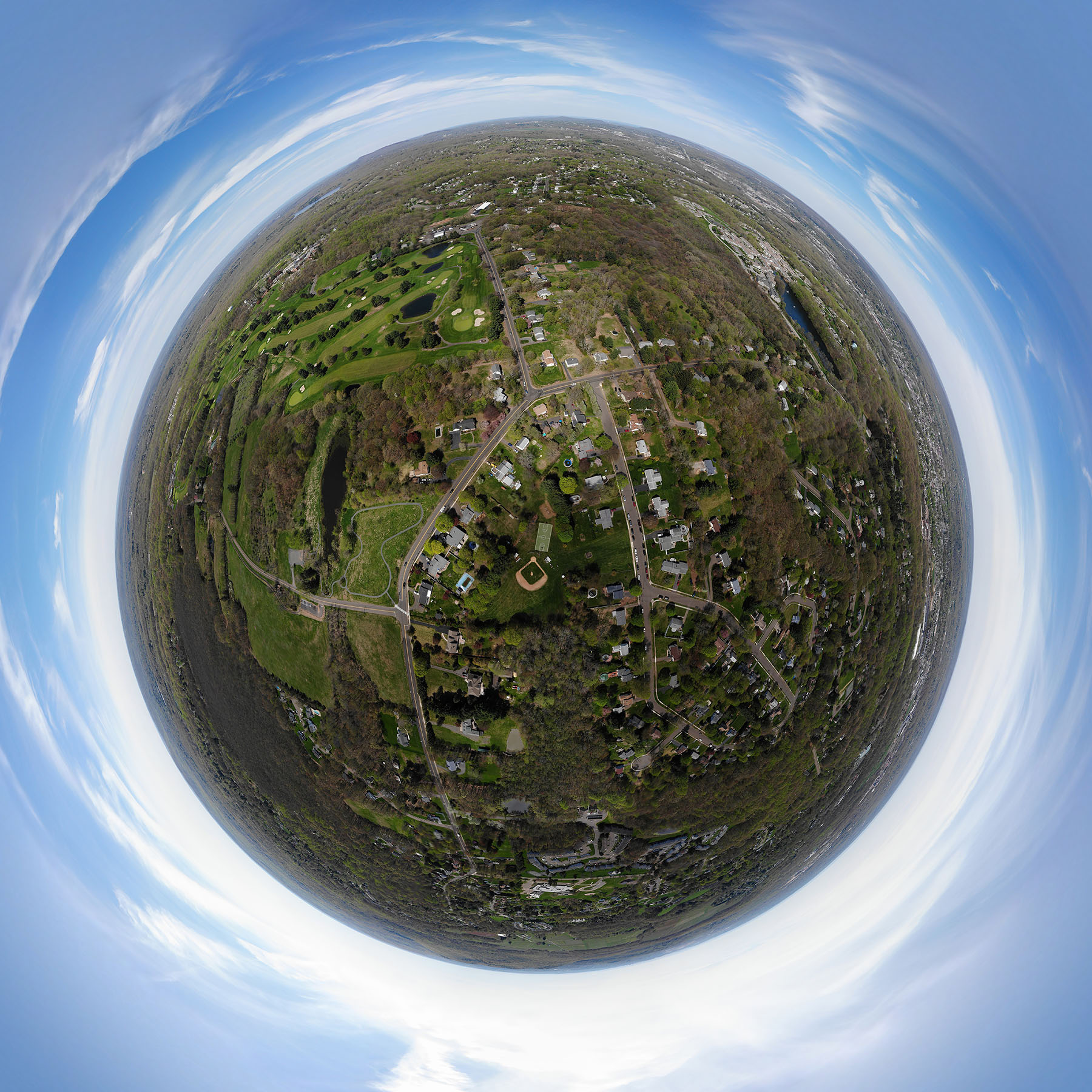
07 Jun Three dimensions of sustainable tourism
It has become common for calls for sustainability in tourism. But what does that mean ?
The definitions of sustainable tourism don’t help answer this question much. Most definitions these days include the Triple-Bottom-Line (People, Planet, Profits), TBL, and the importance of taking a long term view – considering both today and tomorrow. These definitions are conceptually appealing but frustratingly vague.
In some ways, sustainable tourism requires three-dimensional thinking. On one dimension, there are the activities required for each component of the TBL. For example, the simplest programs to address the environment requires addressing water, energy, and waste. And to address each of those elements there are specific activities – reducing energy usage, sourcing renewable sources of energy, etc. It’s no surprise that the Global Sustainable Tourism Council’s criteria include over 90 activities in comprehensive sustainable tourism criteria.
The second dimension recognizes the systems and subsystems in tourism and the need for sustainability at every level of the system. A tourism destination is a complex system. Within each destination system, there are a variety of businesses – hotels, restaurants, tour operators, and attractions to name a few. And, of course, there are visitors and residents. Sustainable tourism requires action at each level of the system – destination, business, and individual.
The third dimension is the location. Each place is unique and so sustainable tourism actions must be customized for a set of specific needs. Sure – there is a growing consensus around a broad set of actions that make up the basis of most sustainable tourism plans they must be interpreted and implemented in ways that address the priorities of the destination community.
So sustainable tourism is a set of actions – not a single thing that can be easily ticked off on a “to do” list. Sustainability must be addressed at each level of the system and each sustainable tourism program will be unique. There is no doubt this is challenging – but important – work.



Sorry, the comment form is closed at this time.